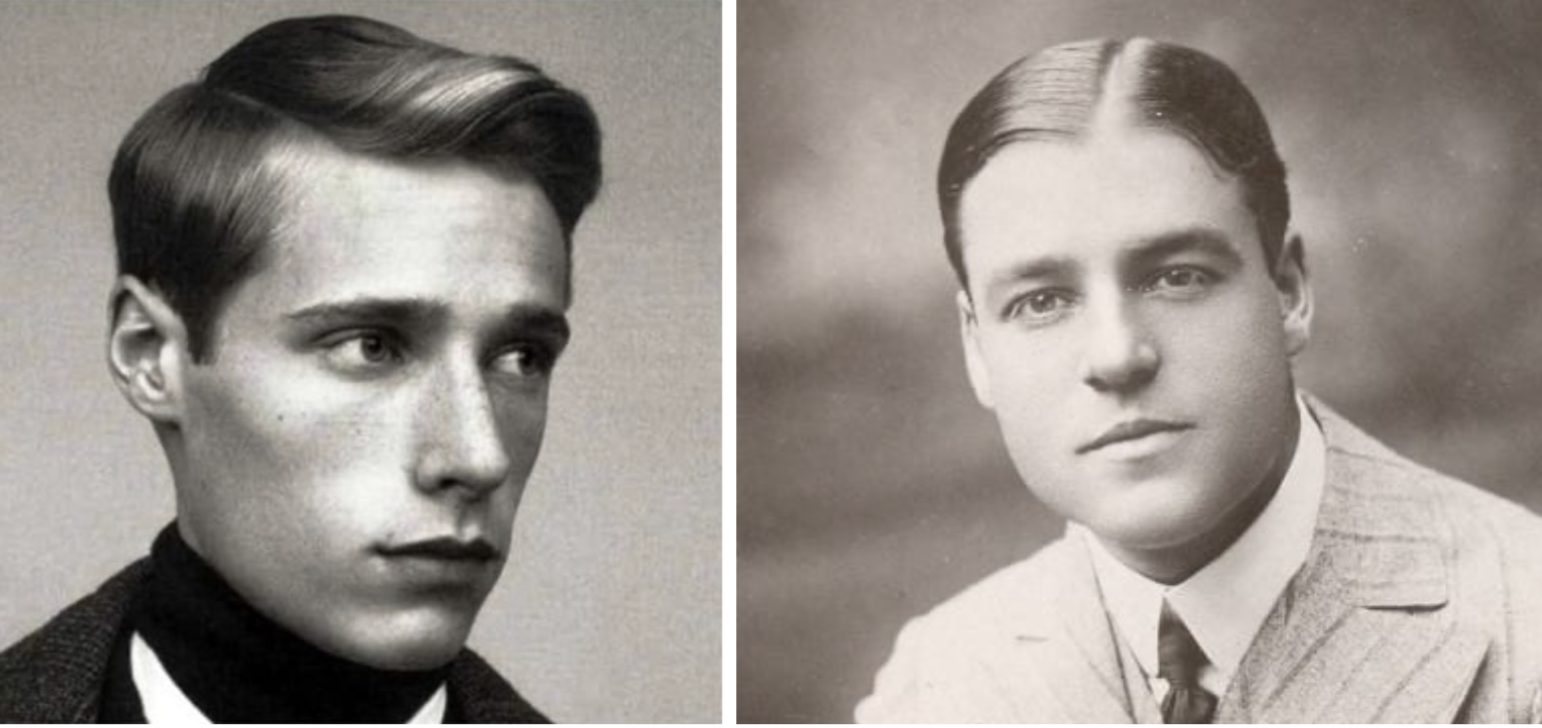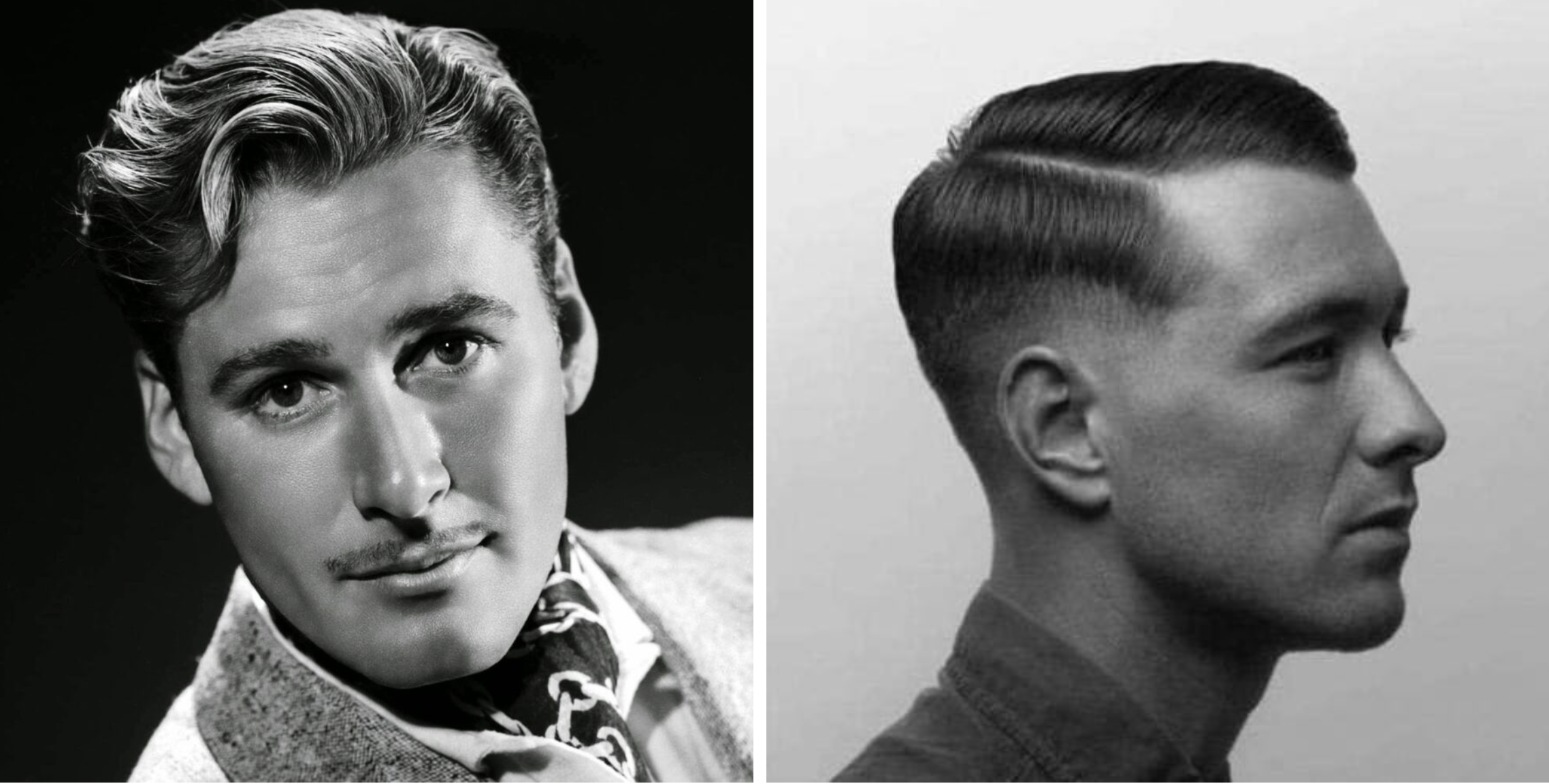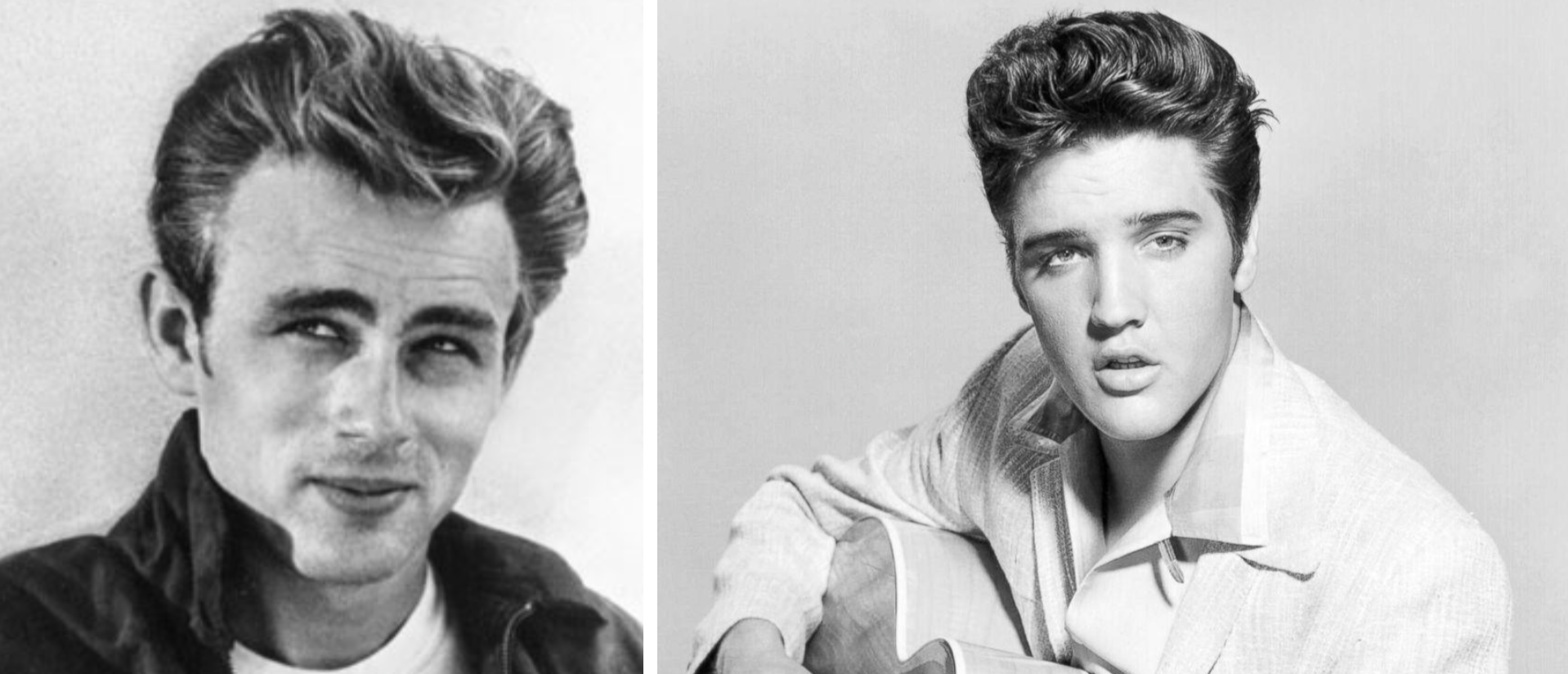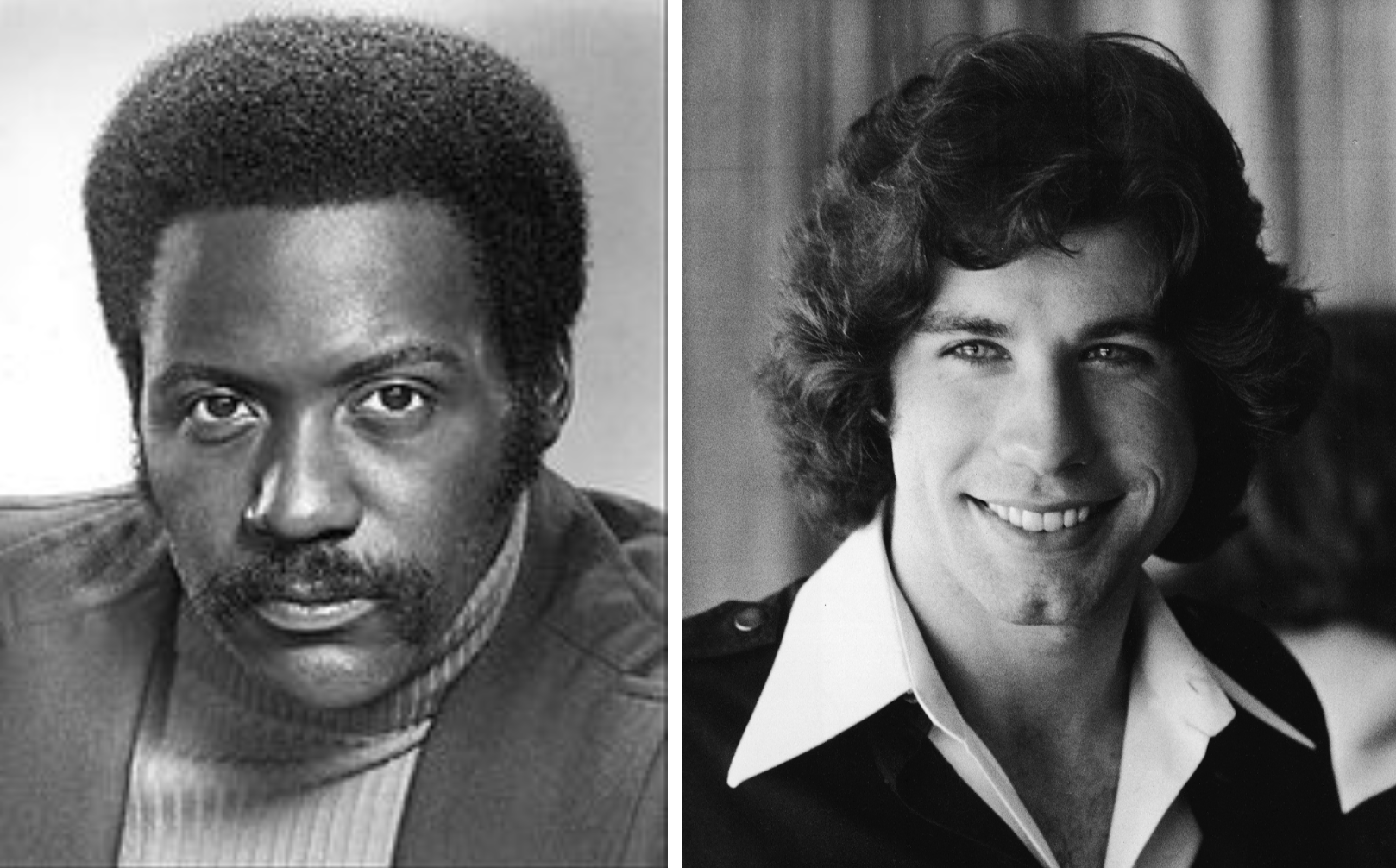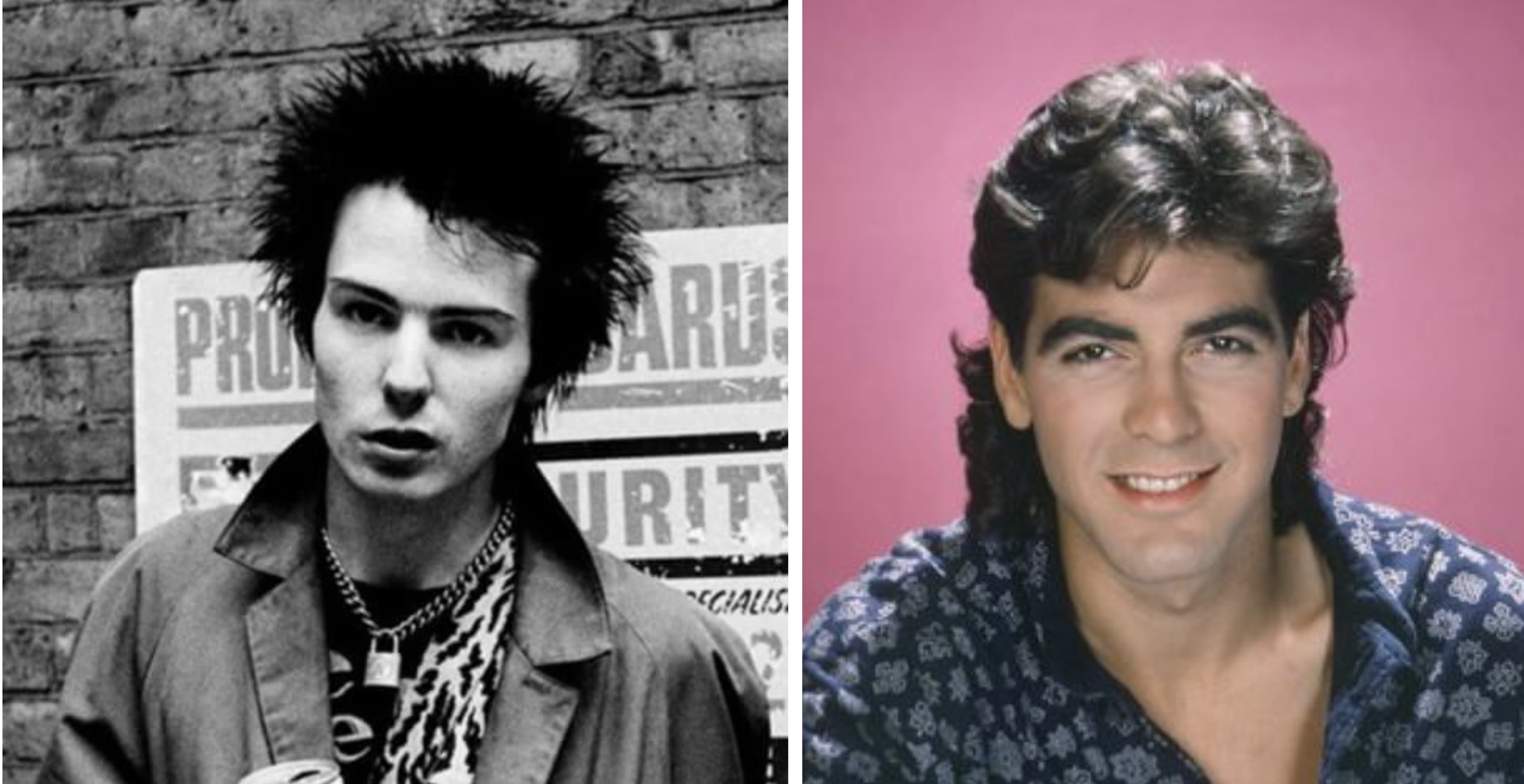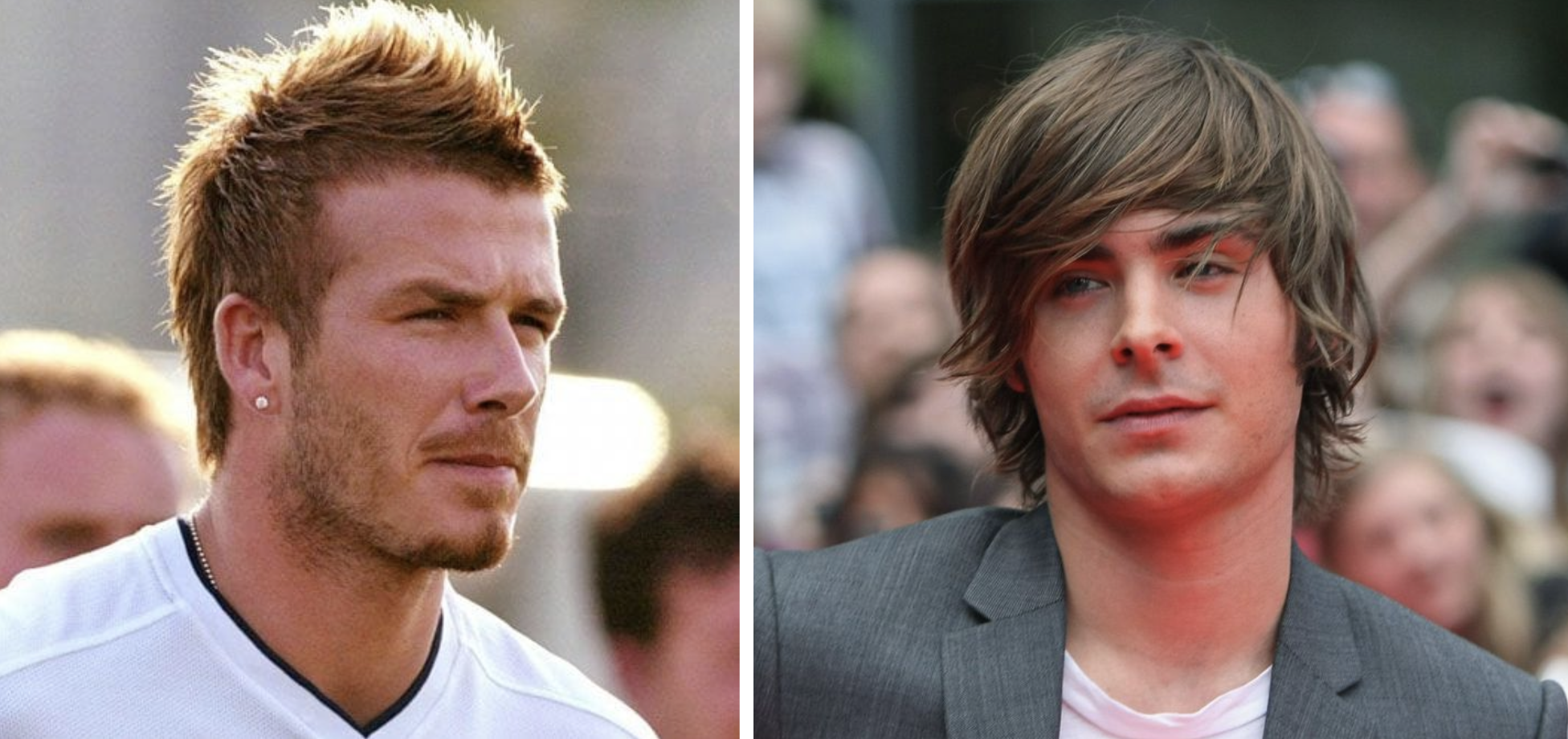"The Evolution of Men's Hairstyles: From Classic to Contemporary"
Have you ever wondered how things would be if you were born in another era?
Just like society, hairstyles also evolve as time passes. From the dapper and polished looks of the past to the trendy and daring styles of today, men’s haircuts have had a fascinating journey through time, and especially in recent times (after the pandemic) men have begun to see the importance of grooming to their mental and physical well-being. Today, we will take you on a trip down memory lane to explore the several transformations in this evolution, from the 1920s to the present day.
1920s - The Roaring Twenties
The 1920s marked a significant shift in men's hairstyles with the advent of the Jazz Age. The iconic image of the well-dressed gentleman emerged, characterized by slicked-back hair and a neatly groomed appearance, as that is considered the decade in which fashion and beauty entered the modern age. The undercut -where the sides and back are shaved or closely cropped, while the top remains longer and slicked back- became a popular choice, reflecting the elegance and vibrancy of the era.
1930s - The Art of Elegance
In the 1930s, men's hairstyles exuded sophistication and refinement. The Great Depression didn't dampen the desire for polished grooming but made it possible for people to see something special in simpler and less extravagant styles. The side parting, often complemented by a well-groomed mustache, defined the gentleman's look.
1940s - The Military Influence
During the 1940s, World War II had a great influence on men's hairstyles, so this era emphasized practicality and a no-nonsense approach to grooming. Military-inspired cuts, such as short sides and long tops, and styled waves gained popularity as these cuts were practical, easy to maintain, and reflected a sense of patriotism.
1950s - The Classic Gentleman
This was the era of elegance and sophistication in men’s grooming. The 1950s were marked by iconic figures like James Dean and Elvis Presley, who rocked the slicked-back hair and perfectly styled pompadours. With hair gel, a side-part cut, and a wave, that was one of the most famous hairstyles worn by businessmen -that were limited to a shorter approach- and young men and performers -who could express themselves with big, bouffant hair.
1960s - Rebel Revolution
In the 60s, rebellion, and individuality took center stage and redefined men’s hairstyles, along with radical changes in the culture, it was a departure from traditional grooming standards. This time, names like Ringo Starr and each one of The Beatles took a main place on the stage with their longer, shaggy “mop top” style, inspiring a relaxed and carefree look.
1970s - Era of Freedom
The 70s came as a natural continuation of the 60s, keeping music’s strong influence on people's way of dressing and styling themselves. Because of the sense of freedom and self-expression brought by the hippie movement, this period embraced natural textures, popularizing afros, curls, and locks, symbolizing the strong desire for liberation.
1980s - Beginning of Experimentation
From the iconic mullet to punk-inspired cuts, the 80s witnessed a bold and experimental approach to men’s hairstyles. The music switched from hippie & disco to rock n roll, and while the normal man went back to the short safe hair, the real rock stars pushed the limits with long hair.
1990s - The Grunge Influence
Bringing a minimalist approach to things, the 90s shifted towards a more grunge-inspired aesthetic. With the rise of alternative music the casual, effortlessly cool looks were popularized, especially by musicians like Kurt Cobain, which was a huge hit. The (until then) infamous “bedhead” became a trend, and the messier and simpler style was embraced as a symbol of rebellion against conventional grooming norms. On the other hand, another hairstyle that was in the top 3 among men in the black community in the 90s was the Flat Top, as a statement of an all-powerful cultural force: hip-hop.
2000s - Contemporary Versatility
As we entered the new millennium with globalization, men's hairstyles became more varied and eclectic, witnessing a blend of retro influences and contemporary styles, in a sort of mash-up. The popularity of textured cuts, such as messy spikes and layered styles, emerged while the metrosexual trend gained momentum, encouraging men to embrace grooming and experiment with different looks.
2010s - Modern Versatility
Reaching modern times, the 2010s brought a renewed focus on individuality and self-expression in men's hairstyles. In this decade, we celebrate versatility, allowing men to choose from a wide range of styles that suited their personal preferences. Man buns, undercuts, fades, and textured crops became prominent choices, while beards made a strong comeback, adding a rugged and masculine touch to many looks.

